Anshika Khullar's Artwork Shows There's No 'Right' Way to Be Queer

Beautiful. Bold. Representative. Those were the first words that came to my mind when I first saw the work of Anshika Khullar, an artist and illustrator who is currently based in Southampton, England. PRIDE caught up with the genderfluid artist to learn more about what inspires their unabashedly queer artwork.
PRIDE: Who and what inspires your artwork?

Anshika Khullar: I've always been really inspired by fashion (there's a reason my characters all wear fabulous clothes!) and more generally artists who work similarly to the way I do. Currently, I'm really inspired by Bijou Karman (@bijoukarman), Laura Callaghan (@lauracallaghanillustration), Carly Jean Andrews (@carlyjeanandrews), and Ashley Lukashevsky (@ashlukadraws).
PRIDE: How does being queer affect your artwork?

Anshika Khullar: Growing up, particularly in India, I didn't get to discover or explore my queerness because it was something just never talked about anywhere. It was only when I was older, in England, and I started consuming media and fiction by and for queer people that I could finally identify and start to sort through the feelings I had about my gender and my sexuality. I always say my art is "people-powered," and at the core of it is representation. The characters I draw are all queer.
I want my queer family all over the world to be able to see themselves in my work, particularly trans, non-binary, genderfluid and/or gender non-conforming people who don't fit the "skinny, white, cis-assumed" mold, like me, because there's no one way to "look" queer. I want everyone to have the positive, powerful representation they deserve. My art is a way for me to practice self-care and self-validation in a world that doesn't see me as cis-het enough *or* queer enough, and if it has that effect for even one other person, then I can say it's a meaningful practice.

For more of Anshika Khullar's work, follow them on Instagram, @aorists!

For more of Anshika Khullar's work, follow them on Instagram, @aorists!

For more of Anshika Khullar's work, follow them on Instagram, @aorists!

For more of Anshika Khullar's work, follow them on Instagram, @aorists!

For more of Anshika Khullar's work, follow them on Instagram, @aorists!

For more of Anshika Khullar's work, follow them on Instagram, @aorists!

For more of Anshika Khullar's work, follow them on Instagram, @aorists!

For more of Anshika Khullar's work, follow them on Instagram, @aorists!

For more of Anshika Khullar's work, follow them on Instagram, @aorists!

For more of Anshika Khullar's work, follow them on Instagram, @aorists!

For more of Anshika Khullar's work, follow them on Instagram, @aorists!

For more of Anshika Khullar's work, follow them on Instagram, @aorists!

For more of Anshika Khullar's work, follow them on Instagram, @aorists!

For more of Anshika Khullar's work, follow them on Instagram, @aorists!

For more of Anshika Khullar's work, follow them on Instagram, @aorists!

For more of Anshika Khullar's work, follow them on Instagram, @aorists!






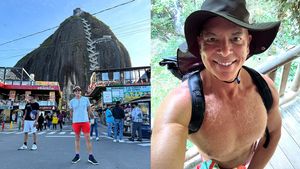


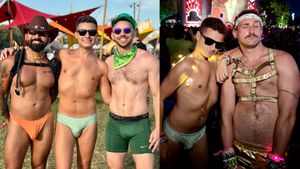
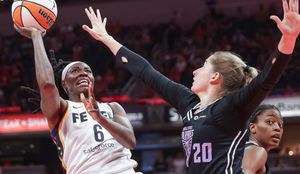








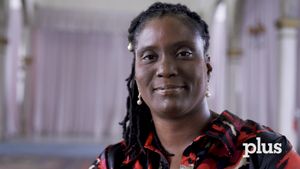
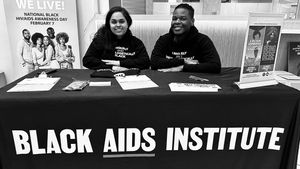
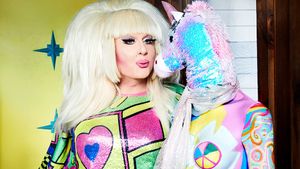




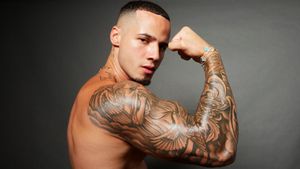
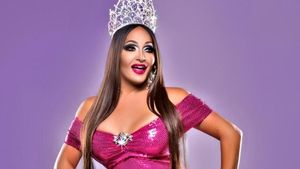
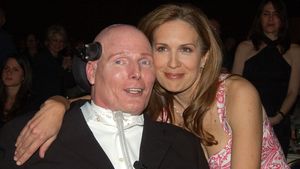


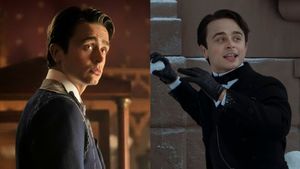
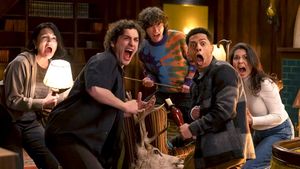




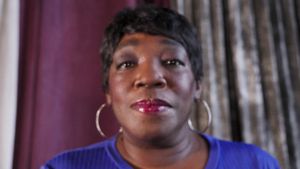


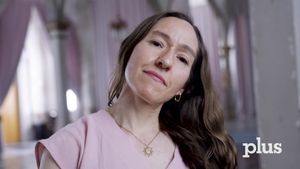
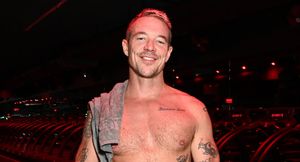





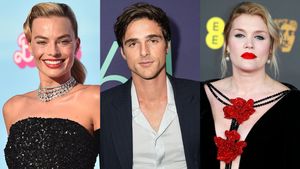




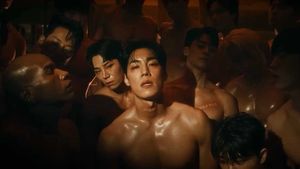
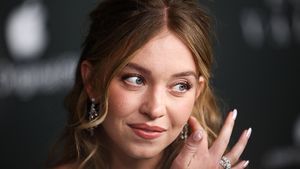























































 (L-R) Matt Damon in 'The Talented Mr. Ripley'; Hugh Dancy and Mads Mikkelsen on 'Hannibal'; Michael K. Williams on 'The Wire.'Paramount Pictures/Miramax; NBC; HBO
(L-R) Matt Damon in 'The Talented Mr. Ripley'; Hugh Dancy and Mads Mikkelsen on 'Hannibal'; Michael K. Williams on 'The Wire.'Paramount Pictures/Miramax; NBC; HBO

























 Maskot/Getty
Maskot/Getty



